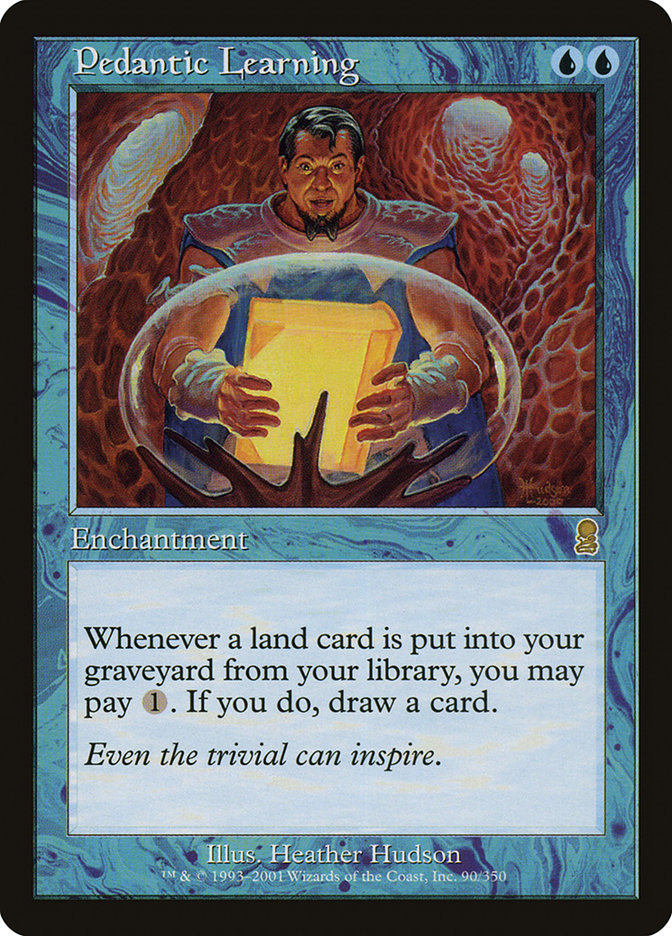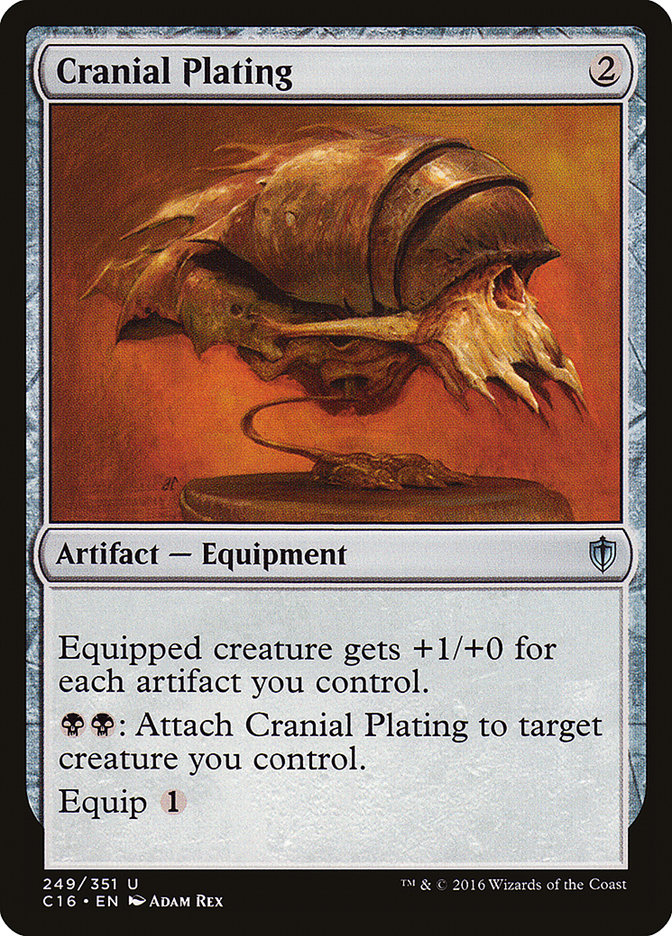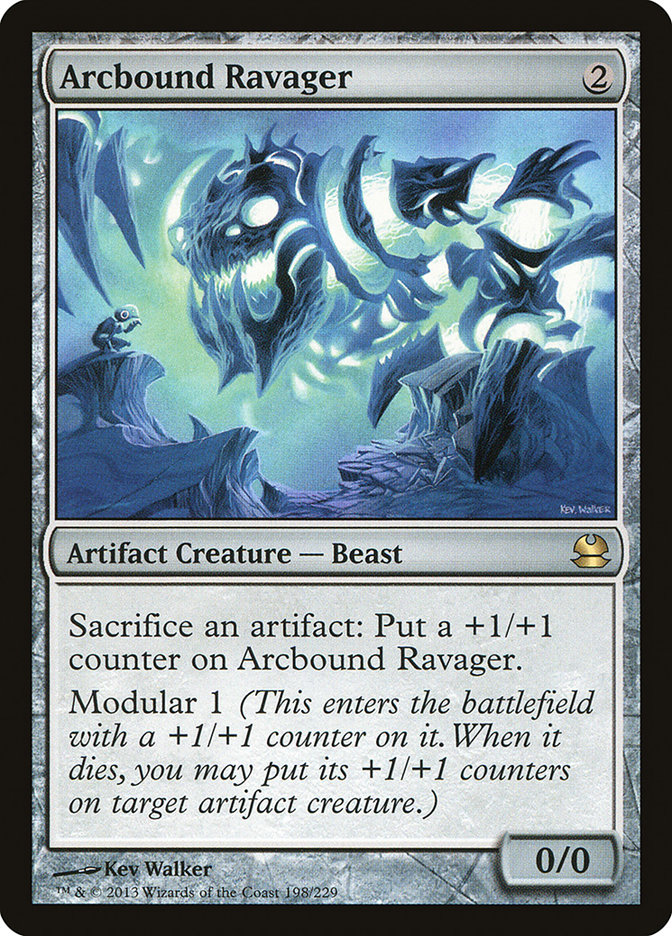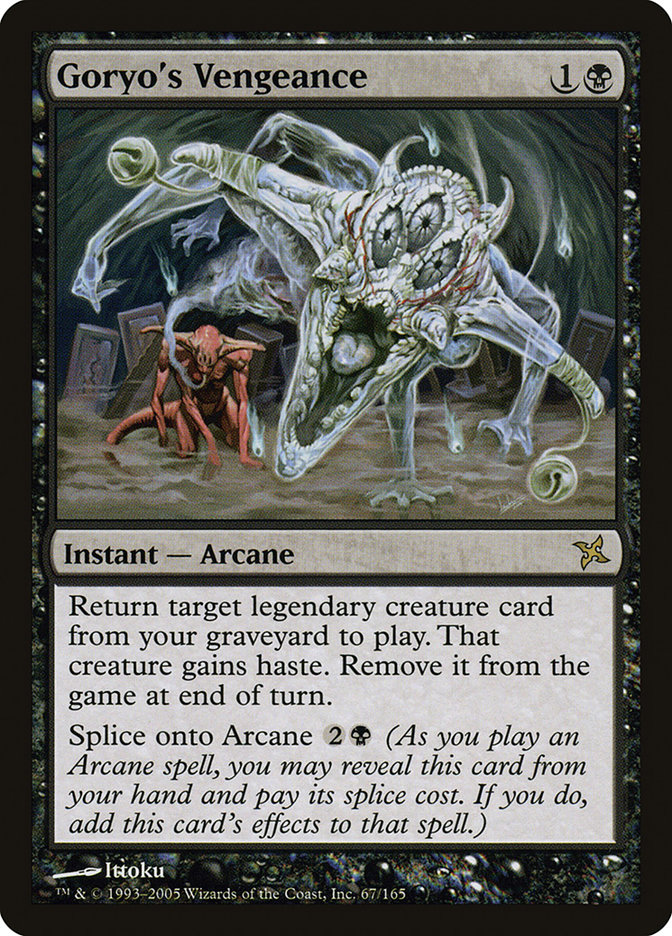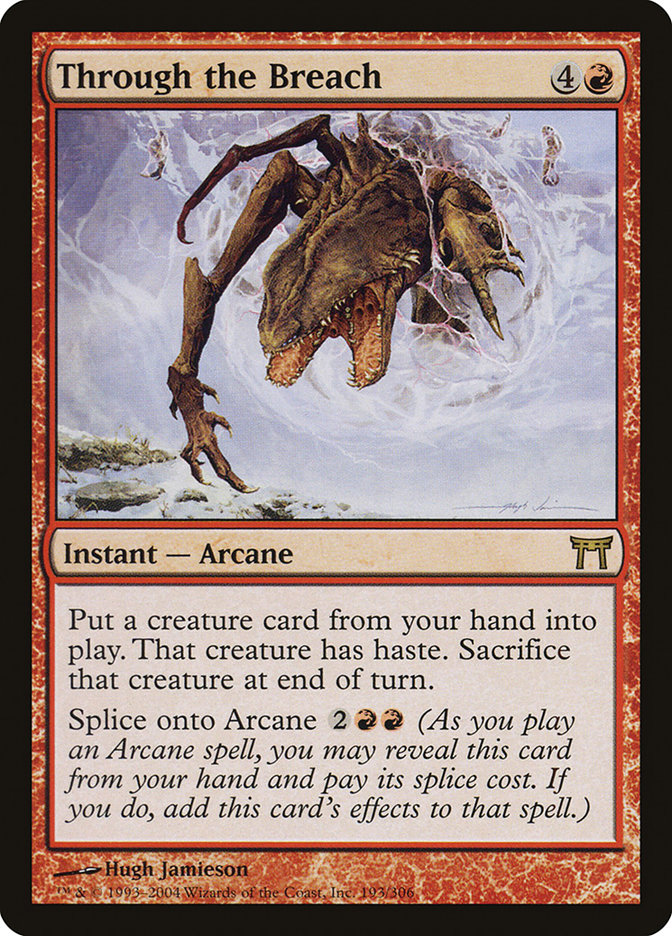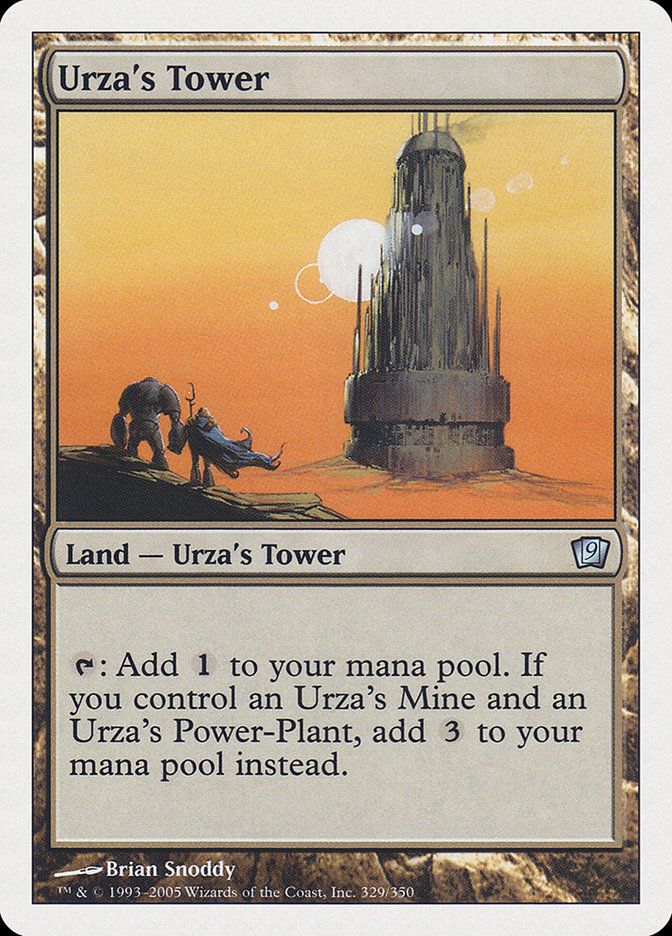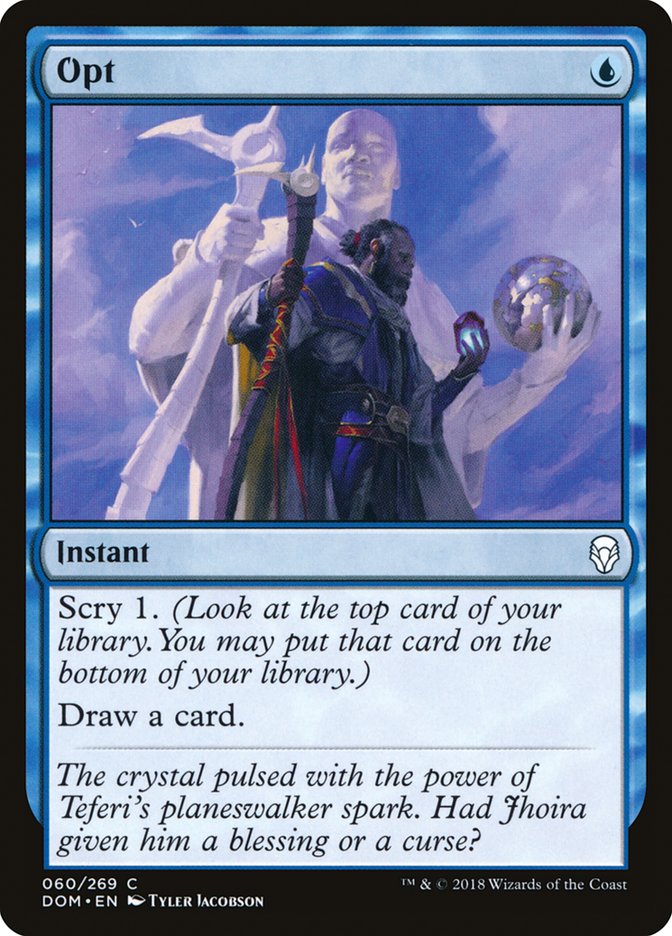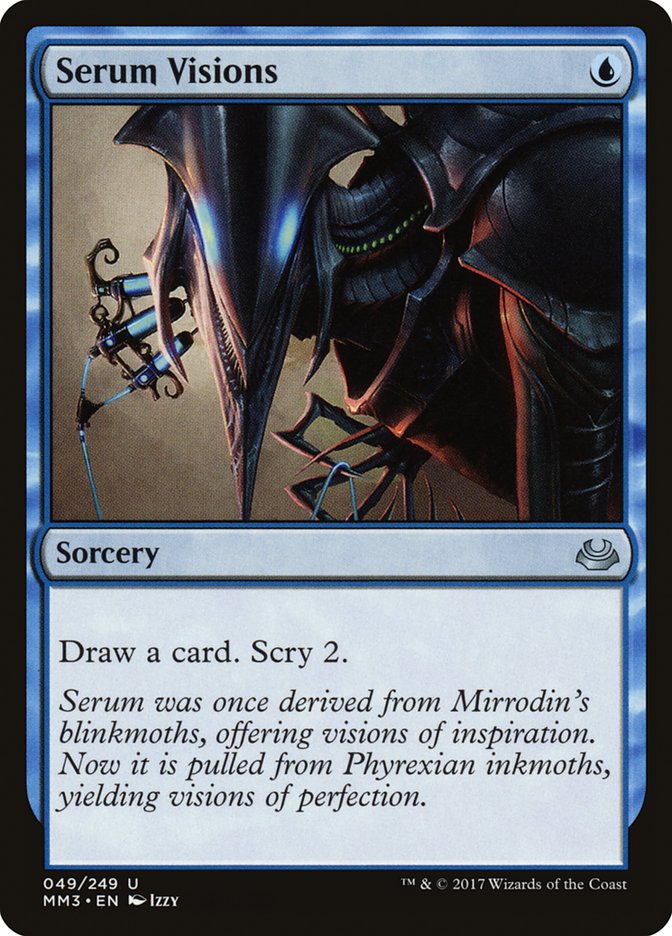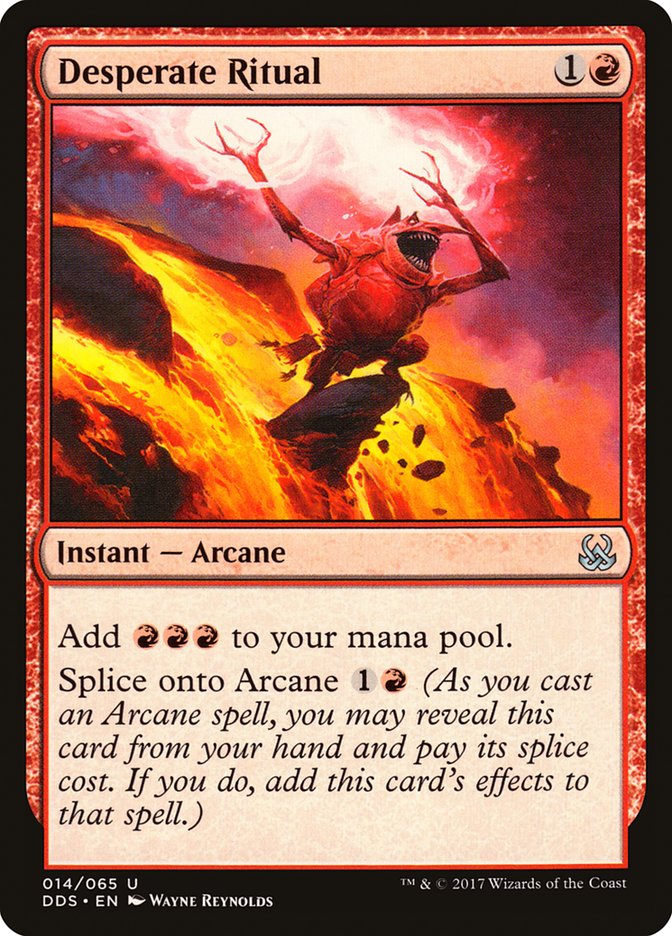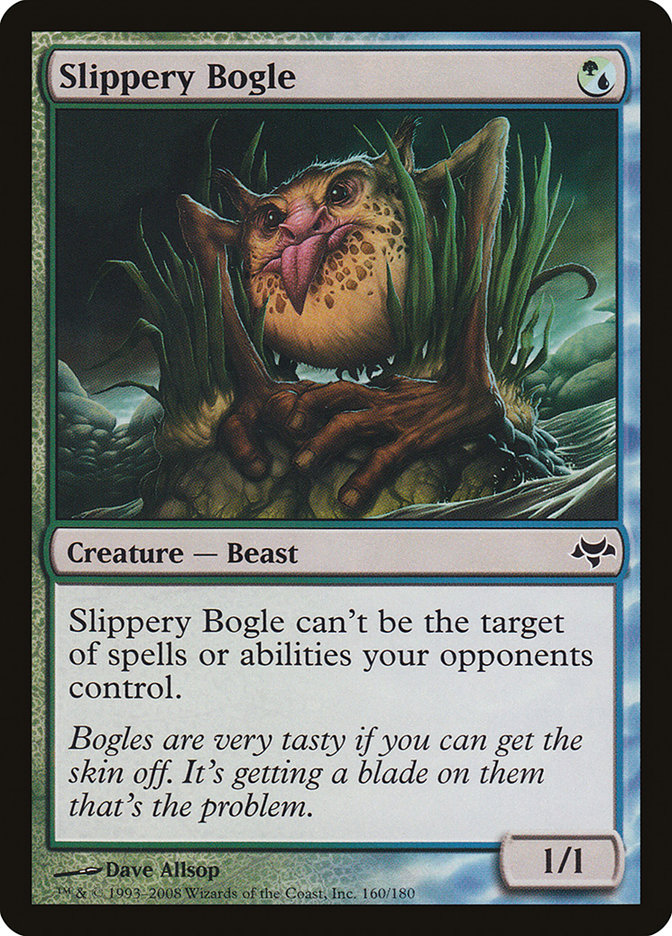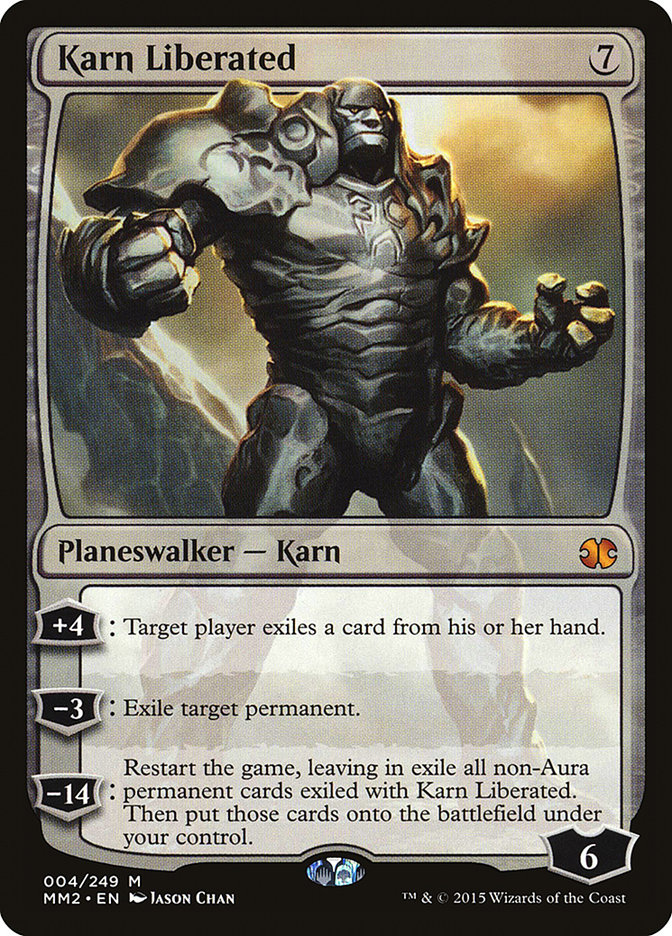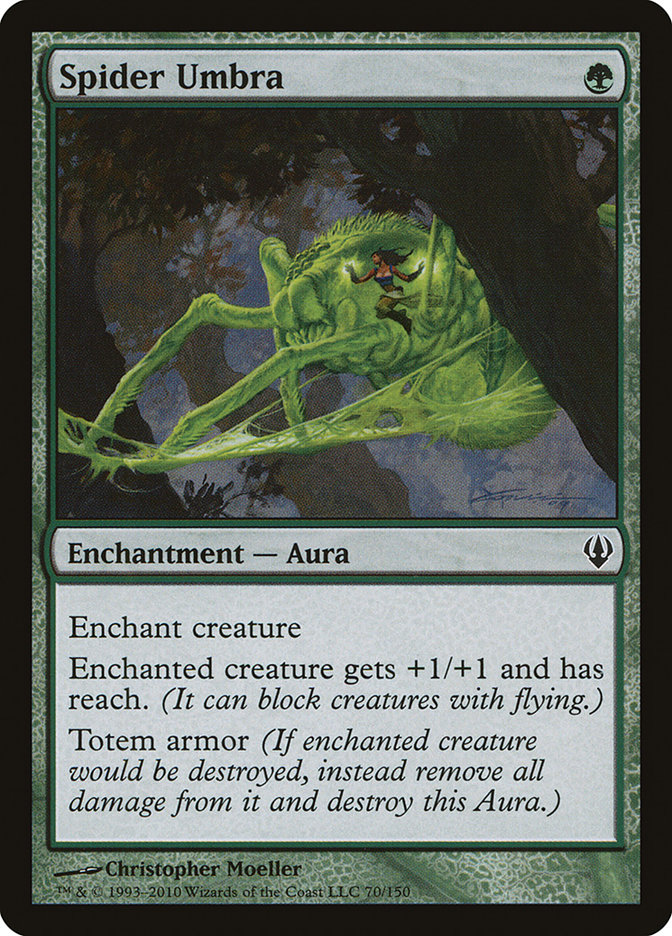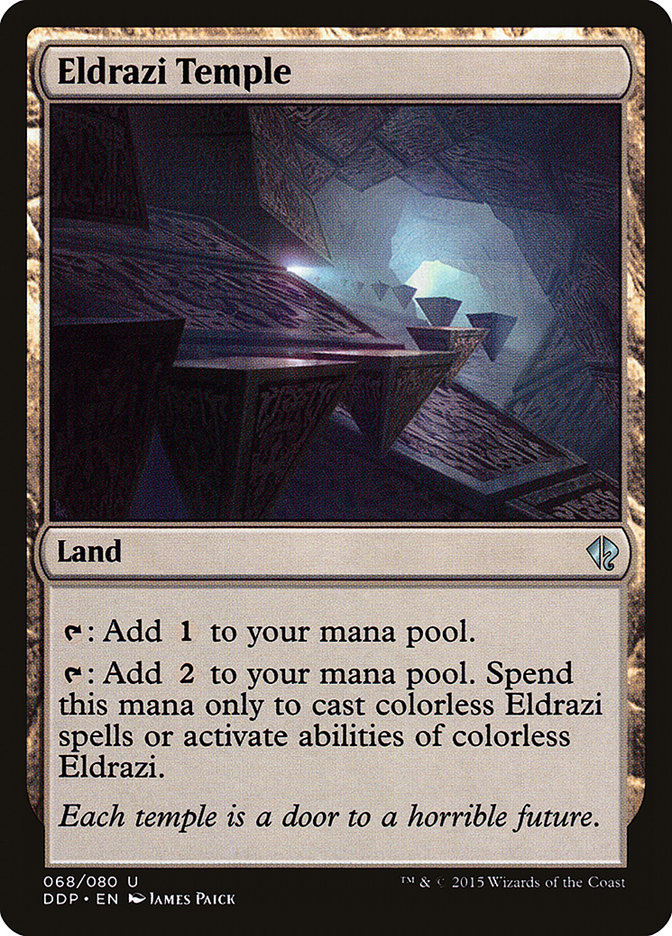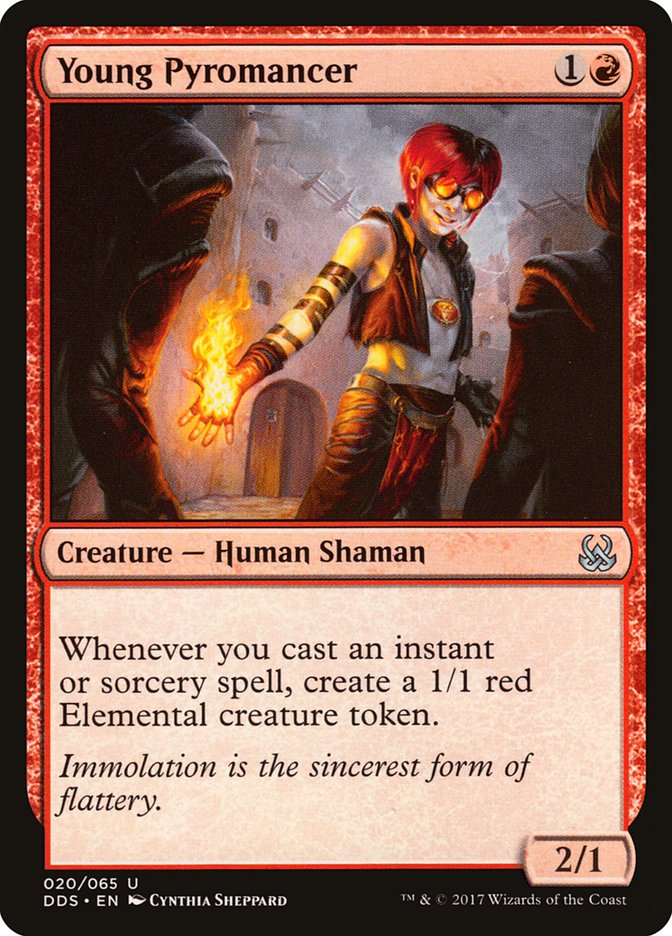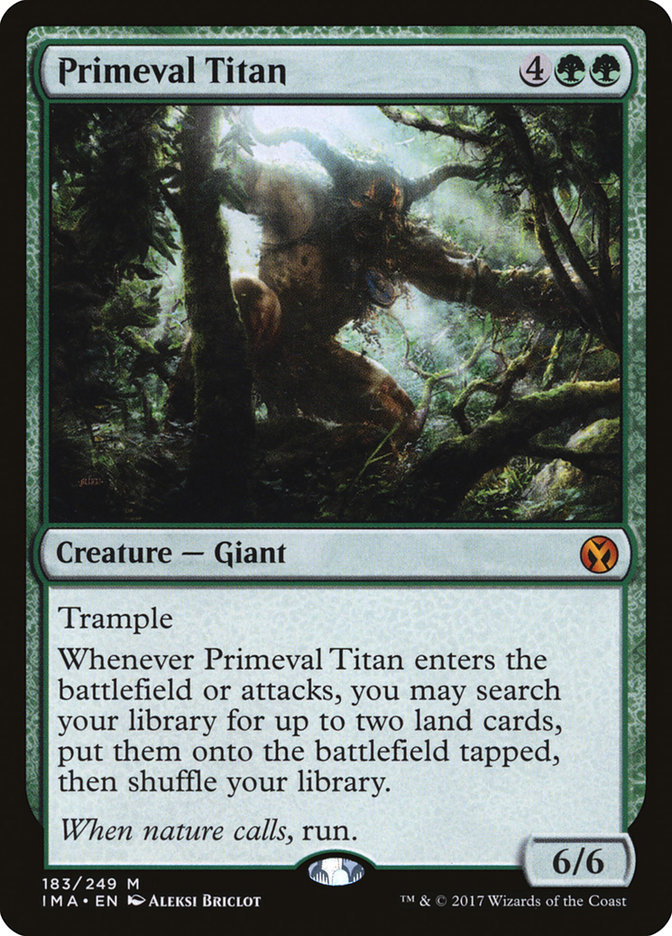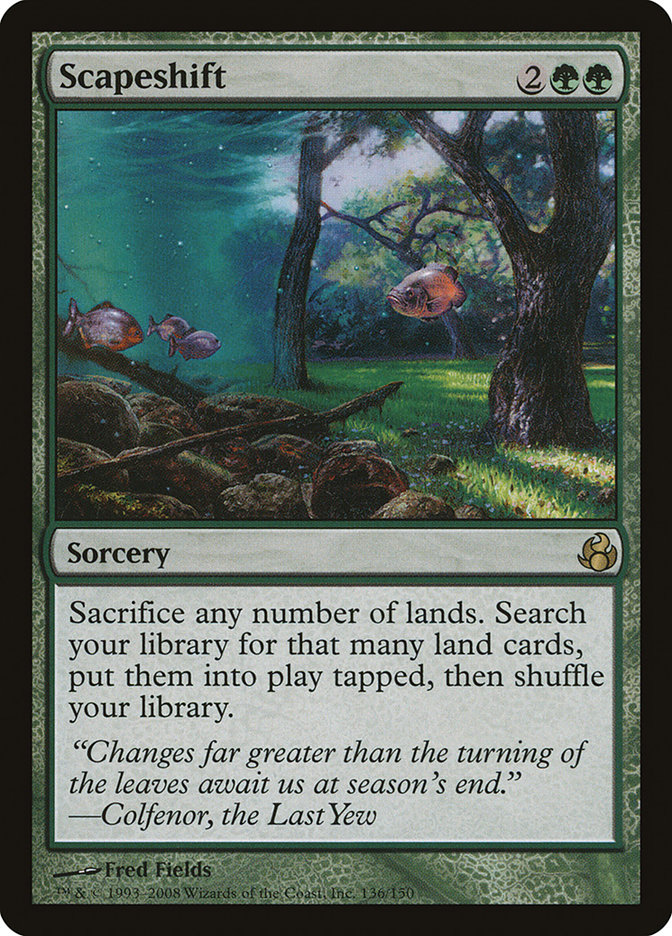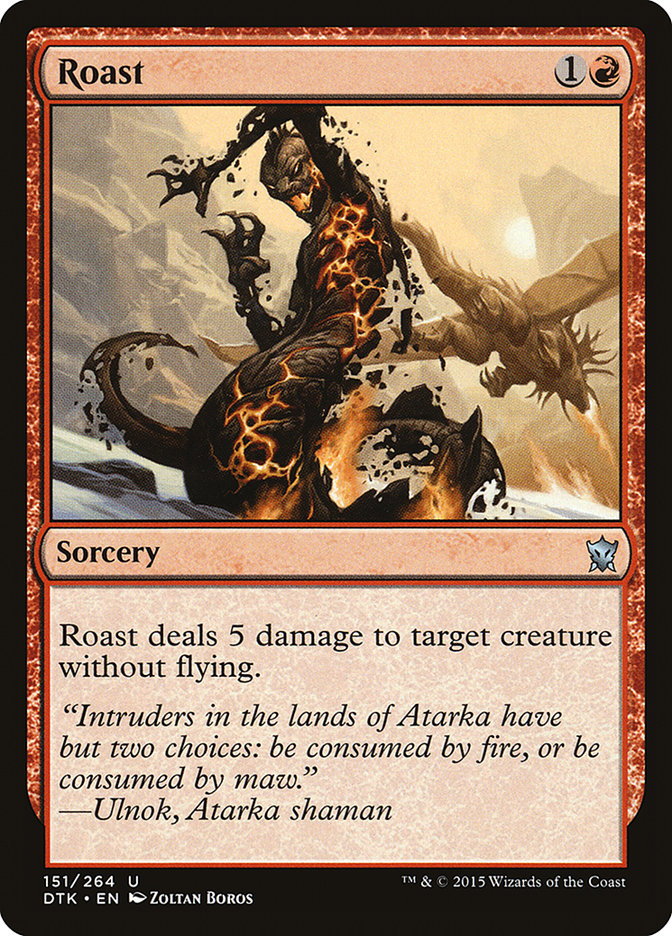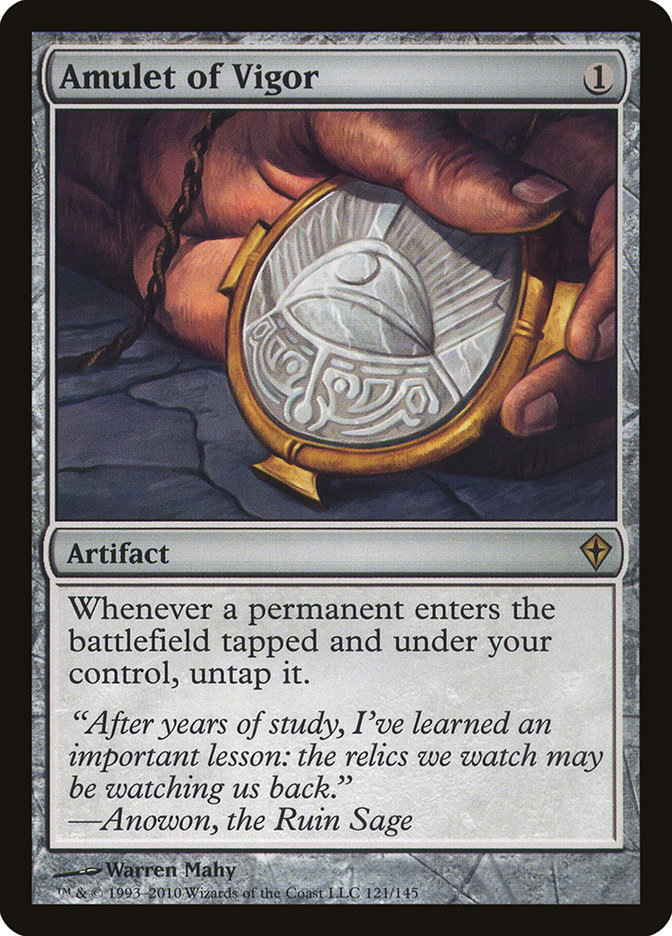A couple of weeks ago, I wrote an article titled “Don’t Keep Bad Hands In Modern.”
There was some…shall we say…disagreement.
Hollow bois PSA: This hand is great, definitely keep it pic.twitter.com/xIBum2nocK
— Oliver Tomajko (@OliverTomajko) June 4, 2018
Even @PVDDR would keep this.
— Michael Sigrist (@MSigrist83) June 6, 2018
@armlx and I discussed this on the way home from PT Richmond. I called him a maniac for wanting to mulligan this.
— Jarvis Yu (@jkyu06) June 6, 2018
As most Twitter arguments go, this wasn’t the most productive discussion. I obviously still believe I was right, otherwise I wouldn’t be writing this, and I doubt any of them are convinced. Jarvis especially still thinks I’m a maniac.
But a side conversation I had with another friend of mine did get somewhere useful. My argument at its core was that any Hollow One hand that isn’t producing four or so power on Turn 2 is subpar and is below the standard you need to win games. He was saying that Hollow One’s recursive threats are actually one of the best aspects of the deck, and if that hand was a mulligan because producing Bloodghast and some slow bulky threats wasn’t relevant, the metagame probably isn’t one you should play Hollow One in.
I was viewing the deck as Affinity with some Dredge threats. He was viewing it as Dredge with some Affinity draws.
If this sounds pedantic and useless, trust me, I’m getting somewhere.
In my previous article, I presented a lot of opening hand scenarios. They only reflected one aspect of Modern, where your deck must present a top-tier draw in the dark and by doing so beats most things.
This is not the way every opening hand decision plays out in the format. You need to know your position to make that decision.
At its core, this is some basic Magic stuff. But people often lose sight of it in weird contexts, and Modern is pretty weird, so here we are.
These are the main opening strategies in Modern, with decks for examples.
Affinity: Only A Few Things Matter
Strategy One: Mulligan every hand that isn’t a form of nut draw.
Affinity has been around for so long doing the same thing because it’s so good at what it does that it doesn’t have to change. Nothing that has remained unbanned in Modern has hit the same overlap of reliable and brutally powerful that Affinity has, and many things that took a ban were merely as good as it.
It’s also the perfect example of the first opening hand playstyle of Modern.
Affinity has a few specific sets of cards that give it broken draws. Steel Overseer plus several creatures dropped early, Arcbound Ravager with Inkmoth Nexus, Cranial Plating with creatures, and especially any of these with Mox Opal are some of the best examples.
Besides these top-tier draws, many of your hands don’t actually do enough to win games of Magic.
Okay, I would keep this. That’s an attack for seven on Turn 2, which will end the game by Turn 4.
This? Not unless I knew Etched Champion was good for a win.
The general idea with these decks is that you get card selection via a mulligan. Your baseline success rate on openers is pretty good, but if everything goes wrong there, you can throw it back at low cost and then decide if you have to compromise on a mediocre hand.
Being consistent enough to actually have your seven- and six-card hands work is key here. There’s a reason Goryo’s Vengeance hasn’t found its spot in Modern despite being the absolute most busted thing in the format. Ignoring all the interaction issues, you only have four copies each of Griselbrand and Goryo’s Vengeance. Affinity has twelve or more threats, all of which are interchangeable and don’t require any weird setups with other four-ofs. You can’t mulligan down with Goryo’s Vengeance to a nut draw; you’re putting yourself soundly into the range of mulliganing just to hit something functional.
Or at least you need to be a deck capable of mulliganing to five or even four and still just do its nutso thing. Thanks, Urza, you’re the best!
The other key factor for these decks is that they must push the speed barriers of the format. There’s no point in a nut draw that’s just average for the format. The ability to win on Turn 3 is a must.
If your deck has redundant top-tier powerful draws and many non-functional combinations of cards, mulligan bad hands aggressively.
Jund: Nothing Matters, But Equally
Strategy Two: Keep any hand that casts spells because your deck sorts the rest out.
On the other end of the spectrum, we have Jund.
Jund just wants a bare-minimum functional hand: stuff and the lands to cast it. Some of it interacts, and some of it kills them. Great! Who cares if it’s all my one- and two-drops or if I have a four-drop? If I cast my spells and they have valid targets, I should win.
One of the keys here is the presence of interchangeable, standalone threats. In deckbuilding, one of the ideas of these decks is that any threat you establish is good enough. The rest of your deck just stops your opponent from doing anything great, and your single great card does the rest.
Another route to this “anything that fields a spell” style of mulligan decisions in Modern is reliable, cheap card selection. This is basically how Legacy operates, but few Modern decks really get close. Things happen pretty fast, and as we saw with Grixis Death’s Shadow this last year, there are actually points where you’re spending too much mana cantripping and not enough casting one-mana answers. It’s not like Legacy where you can go even cheaper and spend zero mana to Daze something. Basically the only deck to do this is Storm, as even Ad Nauseam has to mulligan for fast mana and an Ad Nauseam.
Regardless of how you’re getting there, you need to be able to draw your threats a turn late and still win as effectively to play this strategy.
Let’s go back to the Hollow One hand I posted recently against a random Modern deck.
Yes, you get to cast some spells to filter through stuff. You might even be okay at casting a Turn 3 Gurmag Angler. Guess what? Death’s Shadow casts Turn 3 Gurmag Angler with way more interaction to support forcing the game to Turn 6, and it isn’t even that good. Your “four Lightning Bolt, one Fatal Push” deck isn’t making it look better.
If Jund takes an extra turn to cast Tarmogoyf, it doesn’t matter much. That’s what the disruption is for. Storm can set up to Baral, Chief of Compliance on Turn 4 if it must spend an extra turn cantripping and just kill you.
If your cards are relatively interchangeable in both function and timing, you get to keep more hands and play this style of Magic.
Hexproof: Nothing They Do Matters
Strategy Three: Keep any hand that performs a baseline action, and change your deck if that stops being good.
The third category doesn’t really fall on the A to B scale the others do. It’s off in its own world.
The final category of Modern deck is the one that plays to not care about the cards its opponent has. While that might sound a lot like the “nut draws required” category, the end result is way different.
You’re aiming for a game where you make none of your opponent’s cards matter just by the nature of the cards you selected.
This could be one critical interactive spell, or, really, “interactive” in a lot of these cases, because Ensnaring Bridge’s interaction with your opponent’s cards is that it makes them literally do nothing. Sometimes that is just a single removal spell, such as old Storm and similar combo decks using Lightning Bolt to cripple Infect’s clock.
By playing these decks, you’re admitting that you aren’t winning games on raw power against anything. You’re hoping your exact cards crush your opponent and accepting that some percentage of the time your deck is a joke against the opponent.
Ever try to fight Ugin, the Spirit Dragon with Hyena Umbra? Yeah…
In terms of mulligans and pre-game strategy, you fall somewhere between the other decks. You need to mulligan for functional hands that can execute your basic gameplan, but you’re looking for your equivalent of the slightly slower Etched Champion Affinity hands. You wouldn’t be playing your slightly underpowered strategy if it wasn’t well-positioned against the metagame at large, right?
The slightly finicky part is figuring out the bare minimum for functionality. Like I said, there’s some acceptance that your good draw might just not make the cut sometimes, but the metagame should mean it usually does.
Eldrazi Tron doesn’t fall squarely into this sector, but the Turn 2 Chalice of the Void draws are great examples of this. If last summer you had Chalice of the Void, two lands, and basically any other action on the play against an unknown opponent, you had to keep. That was one of the reasons to play your deck.
And when the metagame became a bunch of decks that don’t care about Chalice of the Void? Then you stopped playing that deck.
With decks in this category, you don’t necessarily mulligan hands, but if you should be doing a lot of it, you might want to mulligan your deck choice instead.
The Overlap
Here’s the tricky part:
None of this is clear-cut.
Not only do most decks skirt the lines of these categories, but matchups and metagames can skew it all.
Previously I talked about Jund as a deck with nut draws you can aim for. Tron can be reduced from an Affinity-style linear to a Hexproof-style conditional by some matchups. Hollow One can sideboard to take an interactive role.
Let’s take some examples.
Mardu Pyromancer vs. Affinity
When I mentioned Affinity as the best example of a Nut Draw deck, I meant it. This is extra-true for the Mardu Pyromancer matchup. You aren’t going to win the long game against them. You have to just jam on them and hope to catch them off-guard. Your plan literally never changes here, and I probably still keep even the Signal Pest hands and hope to dodge Lingering Souls. I might swing a little lower on acceptable Etched Champion draws, but I’ve even struggled with those because you get overwhelmed before a single 2/2 kills them.
Now, when I said Jund was the best example of a Medium Draw deck, I chose that because it has years of context. If any deck in the format is a true Medium Draw deck, it’s Mardu Pyromancer. It has all the things Jund does, but it has the added card velocity of Faithless Looting and Bedlam Reveler. Even Blood Moon plays a role against Affinity, and it’s hard to imagine mulliganing most hands that cast spells on curve in the matchup.
Wow, this is easy.
TitanShift Now and Then
First of all, no matter what metagame you’re playing in, TitanShift falls squarely in the Hexproof camp. You aren’t going to match Affinity or similar decks on speed. You’re playing TitanShift because you think the format is light on answers and light on things that will just outclass you.
You’re also a deck that can’t mulligan a ton by default. Scapeshift is a one-card combo that takes eight pieces of cardboard to execute.
I’ll jump right to the difficult case. TitanShift today and TitanShift a year ago have really different lines for success. This hand would be an easy keep today, but borderline at best a year ago.
This is a good sub-example of mulliganing your deck. TitanShift plays approximately seven interactive cards at any time, but it can be good in such drastically different metagames that it needs to become a different deck by changing those cards. TitanShift is unique in this sense. A deck like G/W Hexproof or Living End can’t just change on this scale by adjusting seven cards, but Primeval Titan and Scapeshift are a bit more absolute than what those decks do. In fact, the only thing keeping TitanShift in the conditionals category is that it’s constrained on speed and card timing by the basic mechanics of playing lands.
Hence why Amulet Titan ended up being the truly broken Primeval Titan deck and might be again in the future.
Jeskai Control
Jeskai Control is not a Jund-esque deck. It is definitely in the Hexproof category.
The above hand is an auto-keep with Jeskai Control. It also can’t beat many different decks that represent a small percentage of the format. At Grand Prix Toronto, I notably got smashed by Living End and it never felt remotely close.
I kept good hands in the matchup and died. Mulliganing wouldn’t have helped.
When you show up with Jeskai Control, you aren’t trying to beat anything that Path to Exile and Lightning Bolt won’t be good against. You might get away with it sometimes, but not generally. Similarly, U/W Control isn’t beating things that Supreme Verdict and Spreading Seas aren’t good against.
This is how these control decks without Thoughtseize operate. You can’t cover everything because your spells just don’t do that all at once, so you play them when the metagame tells you and stop as soon as the Tron players show up to the party.
***
None of this is an absolute rule. What thinking about Modern like this gives you is a framework that you can build decisions from. The format has plenty of things that point towards opening hand decisions mattering a ton. If the decisions there make a huge difference, why wouldn’t you think more about how to make them?


